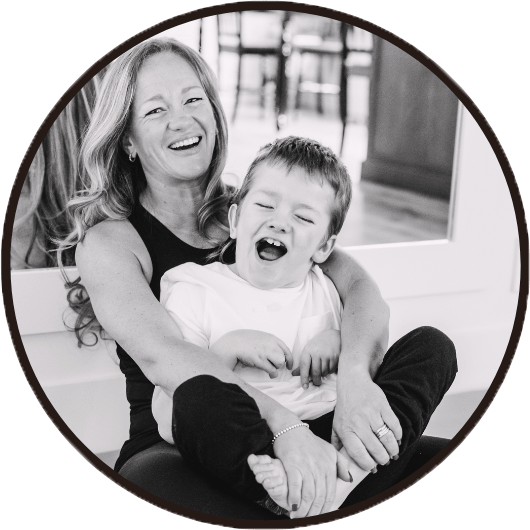This is a follow up blog to #32 – Nerve Freezing. After that initial consultation appointment, the actual procedure needed to be scheduled and planned.
During that initial consultation I was very clear about William’s airway issues and it was more than evident that William can’t handle the pain. It was discussed at length that he would need sedation and airway support for this procedure.
I followed up on a procedure date a few times between September and November and finally in December they said there was a date for January. Again, sedation and airway support were discussed and plans were in place – so I thought.
The night before the procedure I received a call from one of the pediatricians in the PICU at the hospital who knew William. Luckily, William’s file crossed his desk. He explained his concerns about the plan to do this procedure and I agreed that it would be best to wait for the exact right team with the exact right circumstances.
In the back of my head, I did wonder why my advocacy hadn’t been heard or taken seriously.
About a week after cancelling the January date, I got a call and was told that there were some hurdles to jump on their end and they would be in touch. When I hadn’t heard back, I followed up again at the end of February and then a few more times in March and finally, at the end of March, a new procedure date was set for April. There were some emails back and forth too.
It’s my understanding that William is one of the first, if not the first, that has required this level of support for this procedure. I guess this answered my question about why they hadn’t heard me about his airway support needs or special needs and considerations. The reality is, that the medical field is always changing and people are always learning and growing.
Nerve freezing is new for children and I’m grateful that this team was willing to go beyond what has been done in the past to accommodate my boy. And to be clear, each piece alone has been done, but all the pieces together, for one kid, had to be considered differently – they accepted the challenge and I accept the challenge of being a bit of a squeaky wheel to keep the ball in motion and not get forgotten.
Our plan for William is to have areas of his arms, legs and shoulders done. In kids like William, their muscles are so tight that it can prevent their bones from growing properly, it can cause a lot of discomfort and the end results are surgical remedies which are far more invasive and have long recovery times with so many potential complications.
Our goal with William has always been to avoid surgeries, for as long as possible, without sacrificing comfort of course. We have been committed to physiotherapy, proper positioning, well managed medications and all other therapies that keep his muscles mobile. This new therapeutic treatment could have amazingly positive outcomes for our little boy and that’s why I’m committed to seeing this thing through.
The actual procedure will be much easier than the consultation as William will be comfortable. However; it doesn’t change the emotional part of putting your child through really hard things. The constant voice in my head asking me if: I’m doing the right things; I’ve considered everything; I’ve asked all the right questions; and will William feel the benefits?
William feeling the benefits of this procedure is at the forefront of making the decision to do Cryoneurotomy. This is the most important factor!
The procedure during the consultation in the office, all those months ago, was excruciating for me to watch and William was not happy, but when we headed out, I could tell that there was a new-found relaxation in his arms that I hadn’t seen in a long time.
I accept the challenge of staying open-minded and not saying. “No” just because it’s hard for me or comes with uncertainty.
Stay tuned for the outcomes of nerve freezing for William.

